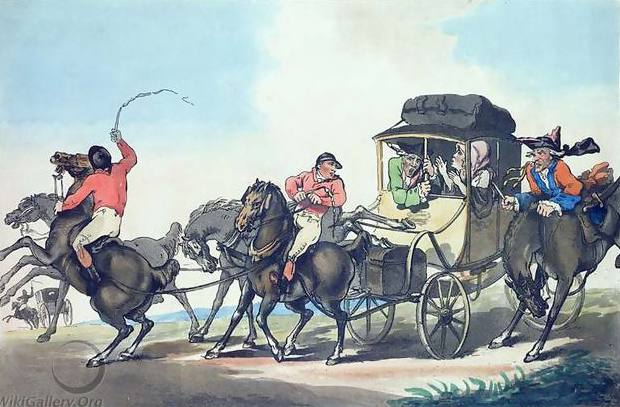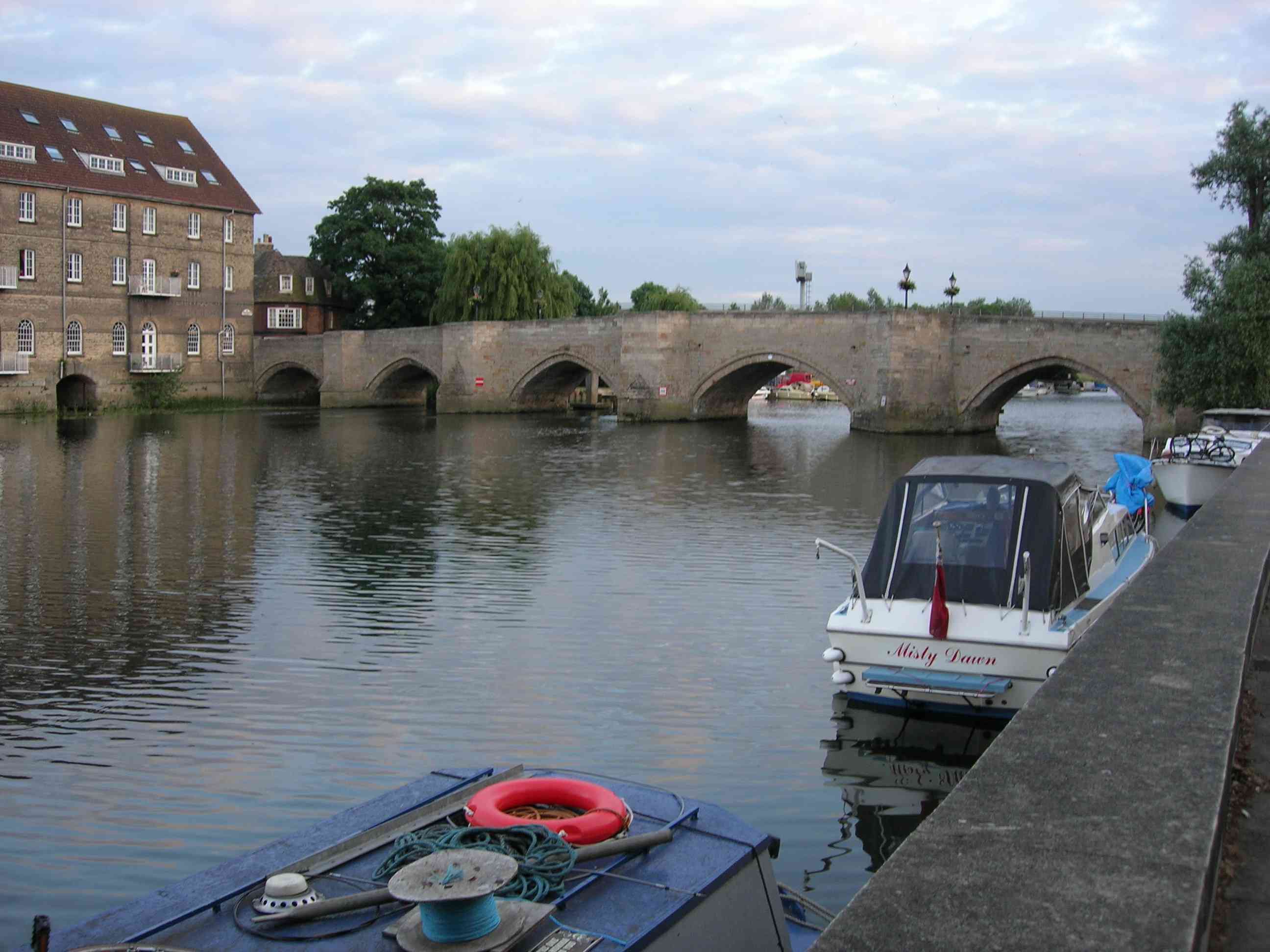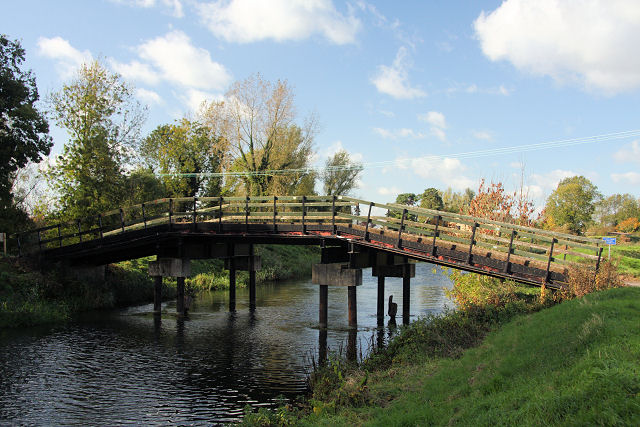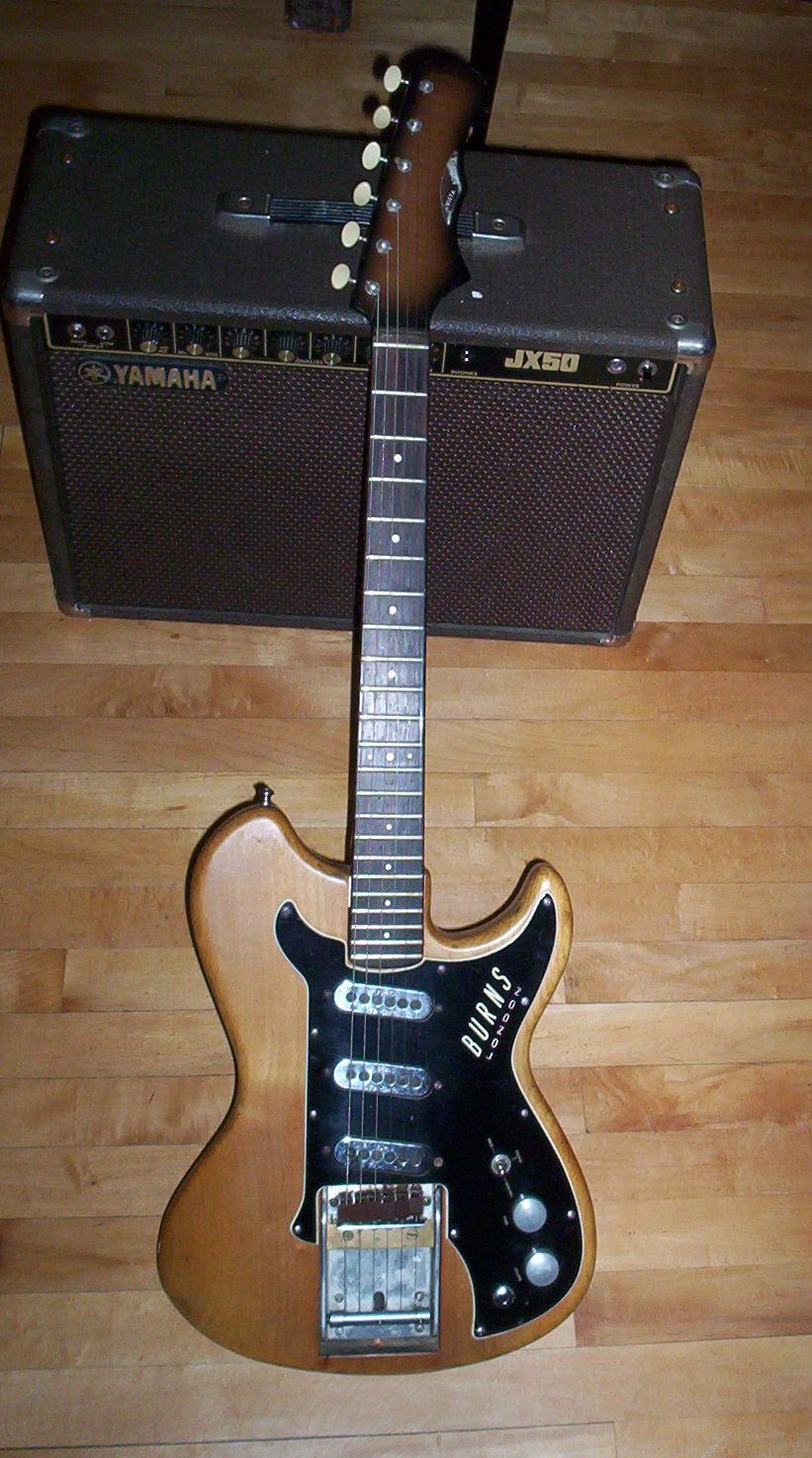|
Littleport
Littleport is a town in East Cambridgeshire, in the Isle of Ely, Cambridgeshire, England. It lies about north-east of Ely and south-east of Welney, on the Bedford Level South section of the River Great Ouse, close to Burnt Fen and Mare Fen. There are two primary schools, Millfield Primary and Littleport Community, and a secondary, Vista Academy. The Littleport riots of 1816 influenced the passage of the Vagrancy Act 1824. History With an Old English name of ''Litelport'', the village was worth 17,000 eels a year to the Abbots of Ely in 1086. The legendary founder of Littleport was King Canute. A fisherman gave the king shelter one night, after drunken monks had denied him hospitality. After punishing the monks, he made his host the mayor of a newly founded village. The Littleport Riots of 1816 broke out after war veterans from the Battle of Waterloo returned home, only to find they could get no work and grain prices had gone up. They took to the streets and smashed sh ... [...More Info...] [...Related Items...] OR: [Wikipedia] [Google] [Baidu] |
Ely And Littleport Riots Of 1816
The Ely and Littleport riots occurred between 22 and 24 May 1816 in the Isle of Ely, Cambridgeshire, caused by high unemployment and rising grain costs, similar to the general unrest which spread throughout England following the Napoleonic Wars. The Littleport riot broke out when a group of residents met at The Globe Inn. Fuelled by alcohol, they left the inn and began intimidating wealthier Littleport residents, demanding money and destroying property. The riot spread to Ely where magistrates attempted to calm the protests by ordering poor relief and fixing a minimum wage. The following day, encouraged by Lord Liverpool's government, a militia of the citizens of Ely, led by Sir Henry Bate Dudley and backed by the 1st The Royal Dragoons, rounded up the rioters. In the ensuing altercation at The George and Dragon in Littleport, a trooper was injured, one rioter was killed, and at least one went on the run. Edward Christian, brother of Fletcher Christian, had been appointed Ch ... [...More Info...] [...Related Items...] OR: [Wikipedia] [Google] [Baidu] |
Ely, Cambridgeshire
Ely ( ) is a cathedral city and civil parish in the East Cambridgeshire district, in Cambridgeshire, England, northeast of Cambridge, southeast of Peterborough and from London. At the 2021 United Kingdom census, 2021 census, the built-up area had a population of 19,200. The parish which includes the villages of Chettisham, Prickwillow, Queen Adelaide, Cambridgeshire, Queen Adelaide and Stuntney and the hamlet of Mile End had a population of 20,574 in 2021. Ely is built on a Kimmeridge Clay island which, at , is the highest land in the Fens. It was due to this topography that Ely was not waterlogged like the surrounding Fenland, and an island separated from the mainland. Major rivers including the River Witham, Witham, River Welland, Welland, River Nene, Nene and River Great Ouse, Great Ouse feed into the Fens and, until draining commenced in the eighteenth century, formed freshwater marshes and Mere (lake), meres within which peat was laid down. Once the Fens were drained, ... [...More Info...] [...Related Items...] OR: [Wikipedia] [Google] [Baidu] |
River Great Ouse
The River Great Ouse ( ) is a river in England, the longest of several British rivers called "Ouse". From Syresham in Northamptonshire, the Great Ouse flows through Buckinghamshire, Bedfordshire, Cambridgeshire and Norfolk to drain into the Wash and the North Sea near Kings Lynn. Authorities disagree both on the river's source and its length, with one quoting and another . Mostly flowing north and east, it is the fifth longest river in the United Kingdom. The Great Ouse has been historically important for commercial navigation, and for draining the low-lying region through which it flows; its best-known tributary is the Cam, which runs through Cambridge. Its lower course passes through drained wetlands and fens and has been extensively modified, or channelised, to relieve flooding and provide a better route for barge traffic. The unmodified river would have changed course regularly after floods. The name ''Ouse'' is from the Celtic or pre-Celtic *''Udso-s'', and probably ... [...More Info...] [...Related Items...] OR: [Wikipedia] [Google] [Baidu] |
Burnt Fen
Burnt Fen is an area of low-lying land crossed by the A1101 road between Littleport, Cambridgeshire, Littleport in Cambridgeshire and Mildenhall, Suffolk, Mildenhall in Suffolk, England. It is surrounded on three sides by rivers, and consists of prime agricultural land, with sparse settlement. It is dependent on pumped drainage to prevent it from flooding. Between 1759 and 1962 the area was managed by the Commissioners of the Burnt Fen First Drainage District, who were then replaced by the Burnt Fen Internal Drainage Board, when the area of responsibility was expanded. Funding for the drainage works is collected by a system of rates, paid by those whose property would be threatened by flooding without the works. Location Burnt Fen is located near the eastern borders of the Isle of Ely, Cambridgeshire, although parts of it are also located in Suffolk and Norfolk. It is an area of prime agricultural land, which is mostly below sea level, and all of it is below the normal flood le ... [...More Info...] [...Related Items...] OR: [Wikipedia] [Google] [Baidu] |
East Cambridgeshire
East Cambridgeshire (locally known as East Cambs) is a local government district in Cambridgeshire, England. Its council is based in the cathedral city of Ely. The district also contains the towns of Littleport and Soham and surrounding rural areas, including parts of the Fens. Since 2017 the district has been a constituent member of the Cambridgeshire and Peterborough Combined Authority, led by the directly elected Mayor of Cambridgeshire and Peterborough. The neighbouring districts are South Cambridgeshire, Huntingdonshire, Fenland, King's Lynn and West Norfolk and West Suffolk. History The district was formed on 1 April 1974 under the Local Government Act 1972. The new district covered the area of three former districts, which were all abolished at the same time: * Ely Rural District * Ely Urban District * Newmarket Rural District The new district was named East Cambridgeshire, reflecting its position within the wider county. Governance East Cambridgeshire District Cou ... [...More Info...] [...Related Items...] OR: [Wikipedia] [Google] [Baidu] |
Ely Rural District
Ely Rural District was a rural district in England from 1894 to 1974. It was named after Ely, Cambridgeshire, Ely, but did not include the city itself, instead covering the rural area to the west and north of it. It formed part of the administrative counties of England, administrative county of the Isle of Ely from 1894 to 1965, when this was merged into Cambridgeshire and Isle of Ely. History The district had its origins in the Ely Poor Law Union, which had been created in 1836, covering Ely and several surrounding parishes. In 1872 sanitary districts were established, giving public health and local government responsibilities for rural areas to the existing Board of guardians, boards of guardians of poor law unions. The Ely Rural Sanitary District therefore covered the area of the poor law union except for Ely itself, which already had a local board of health and so formed its own urban sanitary district. The Ely Rural Sanitary District was administered from Ely Union Workhou ... [...More Info...] [...Related Items...] OR: [Wikipedia] [Google] [Baidu] |
Little Ouse, Cambridgeshire
Little Ouse is a hamlet in Littleport parish, East Cambridgeshire, England, about north-east of Littleport village. It lies on the left bank of the River Little Ouse, which here marks the boundary between Cambridgeshire and Norfolk. The lowest trig point A triangulation station, also known as a trigonometrical point, and sometimes informally as a trig, is a fixed surveying station, used in geodetic surveying and other surveying projects in its vicinity. The station is usually set up by a map ... in Britain is near Little Ouse; it sits at 1 m below sea level. References Hamlets in Cambridgeshire Littleport {{Cambridgeshire-geo-stub ... [...More Info...] [...Related Items...] OR: [Wikipedia] [Google] [Baidu] |
Cambridgeshire County Council
Cambridgeshire County Council is the county council for non-metropolitan county of Cambridgeshire, England. The non-metropolitan county is smaller than the Ceremonial counties of England, ceremonial county, which additionally includes the City of Peterborough. The county council consists of 61 councillors, representing 59 electoral divisions. The council is based at New Shire Hall, Alconbury Weald, New Shire Hall in Alconbury Weald, near Huntingdon. It is part of the East of England Local Government Association and a constituent member of the Cambridgeshire and Peterborough Combined Authority. Since May 2025, it has been run by a majority administration of Liberal Democrats (UK), Liberal Democrats. History Cambridgeshire County Council was first formed in 1889 as a result of the Local Government Act 1888 as one of two county councils covering Cambridgeshire; the other was the Isle of Ely County Council. In 1965, the two councils were merged to form Cambridgeshire and Isle of Ely ... [...More Info...] [...Related Items...] OR: [Wikipedia] [Google] [Baidu] |
Cambridgeshire
Cambridgeshire (abbreviated Cambs.) is a Ceremonial counties of England, ceremonial county in the East of England and East Anglia. It is bordered by Lincolnshire to the north, Norfolk to the north-east, Suffolk to the east, Essex and Hertfordshire to the south, Northamptonshire to the west, and Bedfordshire to the south-west. The largest settlement is the city of Peterborough, and the city of Cambridge is the county town. The county has an area of and had an estimated population of 906,814 in 2022. Peterborough, in the north-west, and Cambridge, in the south, are by far the largest settlements. The remainder of the county is rural, and contains the city of Ely, Cambridgeshire, Ely in the east, Wisbech in the north-east, and St Neots and Huntingdon in the west. For Local government in England, local government purposes Cambridgeshire comprises a non-metropolitan county, with five Districts of England, districts, and the Unitary authorities of England, unitary authority area o ... [...More Info...] [...Related Items...] OR: [Wikipedia] [Google] [Baidu] |
Ely And East Cambridgeshire (UK Parliament Constituency)
Ely and East Cambridgeshire is a constituency of the House of Commons in the UK Parliament. It has been represented since its creation in 2024 by Charlotte Cane of the Liberal Democrats. Boundaries The constituency was created by the 2023 Periodic Review of Westminster constituencies and was first contested at the 2024 general election. It is composed of the following: * The District of East Cambridgeshire * The District of South Cambridgeshire wards of Cottenham, and Milton & Waterbeach. The bulk of the electorate, including the city of Ely and the town of Soham, was derived from about two-thirds of the abolished constituency of South East Cambridgeshire, with the addition of areas from North East Cambridgeshire ( Littleport, Sutton-in-the-Isle and Downham Villages) and South Cambridgeshire South Cambridgeshire is a Non-metropolitan district, local government district of Cambridgeshire, England, with a population of 162,119 at the 2021 census. It was formed on 1 Ap ... [...More Info...] [...Related Items...] OR: [Wikipedia] [Google] [Baidu] |
Isle Of Ely
The Isle of Ely () is a historic region around the city of Ely, Cambridgeshire, Ely in Cambridgeshire, England. Between 1889 and 1965, it formed an Administrative counties of England, administrative county. Etymology Its name has been said to mean "island of eels", a reference to the fish that were often caught in the local rivers for food. This etymology was first recorded by the Venerable Bede. History Until the 17th century, the area was an island surrounded by a large area of The Fens, fenland, a type of swamp. It was coveted as an area easy to defend, and was controlled in the very early medieval period by the Gyrwas, an Anglo-Saxon tribe. Upon their marriage in 652, Tondbert, a prince of the Gyrwas, presented Æthelthryth (who became St. Æthelthryth), the daughter of King Anna of East Anglia, Anna of the East Angles, with the Isle of Ely. She afterwards founded a monastery at Ely, which was destroyed by Viking raiders in 870, but was rebuilt and became a famous Ely Cat ... [...More Info...] [...Related Items...] OR: [Wikipedia] [Google] [Baidu] |
Burns London
Burns Guitars London is an English manufacturer of electric guitars and bass guitars, founded by Alice Louise Farrell (1908–1993) and James Ormston (Jim) Burns (1925–1998) in 1959. Ormston Burns Ltd. was bought up by Baldwin Piano Company in 1965, and the company was renamed "Baldwin-Burns". Burns guitars were reintroduced in 1991 under the name "Burns London", and the product line now includes a collector's edition of the first model the company produced. History Jim Burns had a proprietary vibrato system, which was used also on Gretsch guitars. The US brand Ampeg imported British-made Burns guitars for a short time prior to the Baldwin takeover. Apart from the pickguard badge ('Ampeg by Burns of London') these were exactly the same as their British counterparts.Day, p. 33 The company was renamed Baldwin-Burns (latterly Baldwin) and released three amplifiers at the June 1965 NAMM Convention. Collectors insist that the Baldwin-era instruments were somehow inferi ... [...More Info...] [...Related Items...] OR: [Wikipedia] [Google] [Baidu] |






